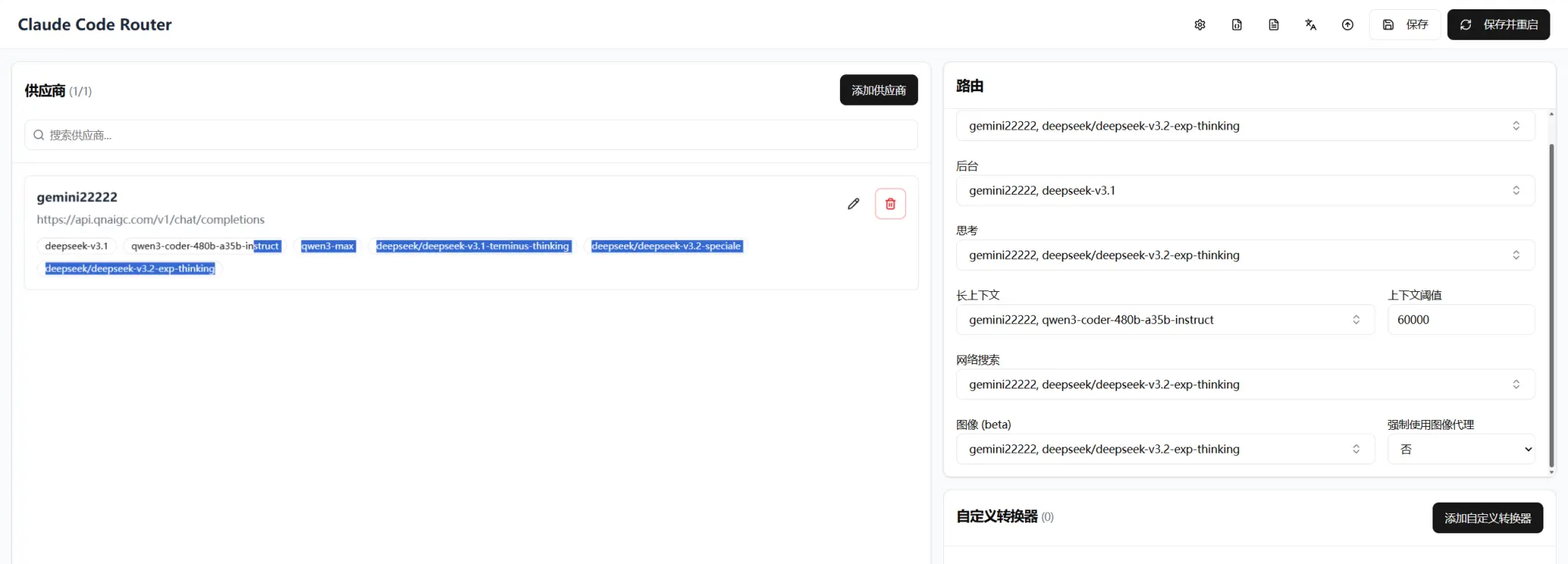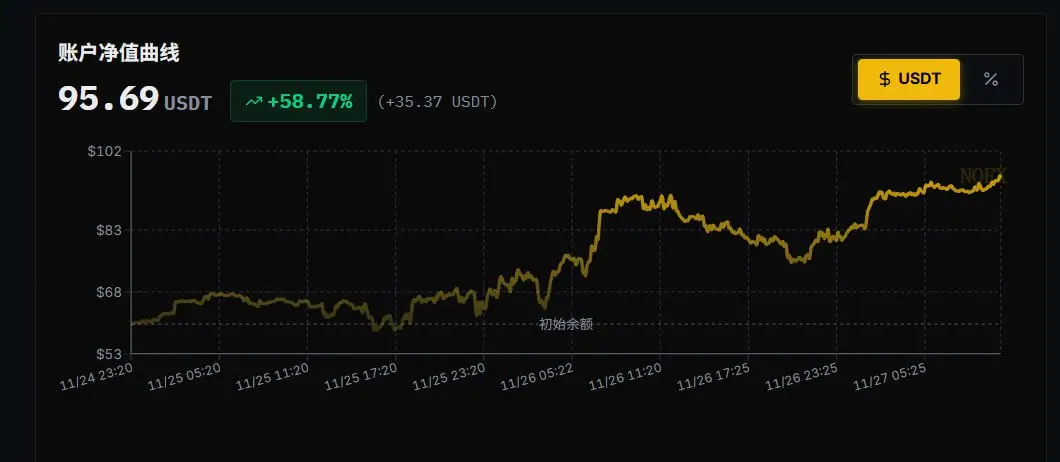引言
在深度学习领域,随着数据集和模型的不断扩大,单个GPU的计算能力逐渐无法满足训练的需求。为了充分利用多个GPU的并行计算能力,PyTorch提供了多种多GPU训练的方法,其中包括nn.DataParallel和DistributedDataParallel。本文将详细介绍这两种方法的原理和使用方式,并探讨它们在不同场景下的优劣势。
nn.DataParallel(DP)
概述
nn.DataParallel是PyTorch中一种简单而高效的多GPU训练方式。它通过在模型外包裹一个包装器,将模型复制到每个GPU上,并自动处理输入数据的分发和输出结果的汇总。
参数解释
import torch.nn as nn
# module即表示你定义的模型
model = nn.Sequential(...)
# device_ids表示你训练时使用的GPU设备
device_ids = [0, 1, 2]
# output_device表示输出结果的设备,默认为第一个GPU
output_device = 0
# 使用nn.DataParallel包装模型
model = nn.DataParallel(model, device_ids=device_ids, output_device=output_device)工作流程
在使用nn.DataParallel进行训练时,输入数据被划分为多个子部分,分别送到不同的GPU中进行计算。每个GPU上都有一份模型的副本,每个模型只需处理一个子部分。计算完成后,输出结果将被收集到指定的output_device上并合并。
优势与弊端
优势:
- 实现简单,不需要涉及多进程编程。
- 不需要改变模型的输入输出,方便快速应用。
弊端:
- 输出结果汇总在一个GPU上,可能导致负载不均衡。
DistributedDataParallel(DDP)
概述
DistributedDataParallel是一种通过多进程实现的分布式数据并行训练方式。每个GPU对应一个独立的进程,通过进程间通信共享梯度并独立更新参数。
工作流程
import torch.distributed as dist
from torch.nn.parallel import DistributedDataParallel
# 初始化分布式训练
dist.init_process_group(backend='nccl')
# 创建模型
model = ...
# 使用DistributedDataParallel进行包装
model = DistributedDataParallel(model)优势与弊端
优势:
- 实现了更好的负载平衡,每个GPU都独立执行训练。
- 模型初始化和训练可以并行进行,加速训练过程。
弊端:
- 需要处理多进程编程,相对复杂。
- 需要设置随机种子以保证模型初始化一致性。
使用建议
- 对于简单任务和小规模模型,推荐使用
nn.DataParallel。 - 对于复杂任务和大规模模型,可以尝试
DistributedDataParallel。
总结
在PyTorch中,多GPU训练方法提供了不同的选择,根据任务的复杂程度和模型的规模,可以灵活选择适合的方法。nn.DataParallel简单高效,适合小规模任务;DistributedDataParallel利用多进程并行,适合大规模任务。合理选择方法,可以充分发挥多GPU的计算能力,加速模型训练过程。
这篇文章详细介绍了PyTorch中的两种多GPU训练方法,分别是nn.DataParallel和DistributedDataParallel。根据任务的需求和模型的规模,您可以灵活选择适合的方法,充分利用多GPU的计算能力,加速模型训练过程。如果需要进一步了解这些方法的具体实现和应用场景,欢迎查阅PyTorch官方文档和相关教程。
import torch
import torch.nn as nn
import torch.optim as optim
# 定义模型
class SimpleModel(nn.Module):
def __init__(self):
super(SimpleModel, self).__init__()
self.fc = nn.Linear(10, 2)
def forward(self, x):
return self.fc(x)
# 创建模型实例
model = SimpleModel()
# 多GPU训练
device_ids = [0, 1] # 使用两个GPU
model = nn.DataParallel(model, device_ids=device_ids)
# 定义损失函数和优化器
criterion = nn.CrossEntropyLoss()
optimizer = optim.SGD(model.parameters(), lr=0.001)
# 模拟数据
inputs = torch.randn(64, 10)
labels = torch.randint(2, (64,))
# 训练过程
for epoch in range(10):
optimizer.zero_grad()
outputs = model(inputs)
loss = criterion(outputs, labels)
loss.backward()
optimizer.step()
print(f"Epoch [{epoch + 1}/10], Loss: {loss.item():.4f}")import torch
import torch.distributed as dist
import torch.nn as nn
import torch.optim as optim
from torch.nn.parallel import DistributedDataParallel
# 初始化分布式训练
dist.init_process_group(backend='nccl')
# 定义模型
class SimpleModel(nn.Module):
def __init__(self):
super(SimpleModel, self).__init__()
self.fc = nn.Linear(10, 2)
def forward(self, x):
return self.fc(x)
# 创建模型实例
model = Simple
Model()
# 使用DistributedDataParallel进行包装
model = DistributedDataParallel(model)
# 定义损失函数和优化器
criterion = nn.CrossEntropyLoss()
optimizer = optim.SGD(model.parameters(), lr=0.001)
# 模拟数据
inputs = torch.randn(64, 10)
labels = torch.randint(2, (64,))
# 训练过程
for epoch in range(10):
optimizer.zero_grad()
outputs = model(inputs)
loss = criterion(outputs, labels)
loss.backward()
optimizer.step()
print(f"Epoch [{epoch + 1}/10], Loss: {loss.item():.4f}")这些示例代码展示了如何在PyTorch中使用nn.DataParallel和DistributedDataParallel进行多GPU训练。您可以根据自己的需求和硬件配置,选择适合的方式来加速模型的训练过程。




